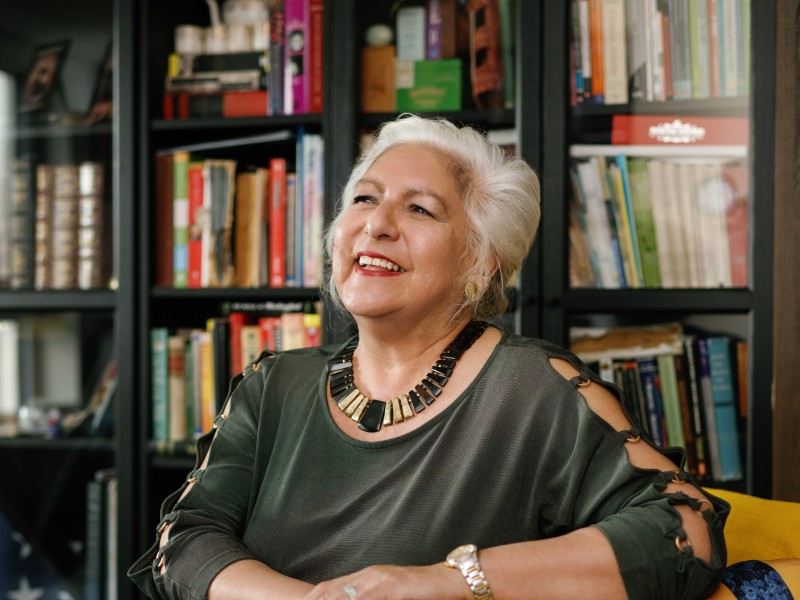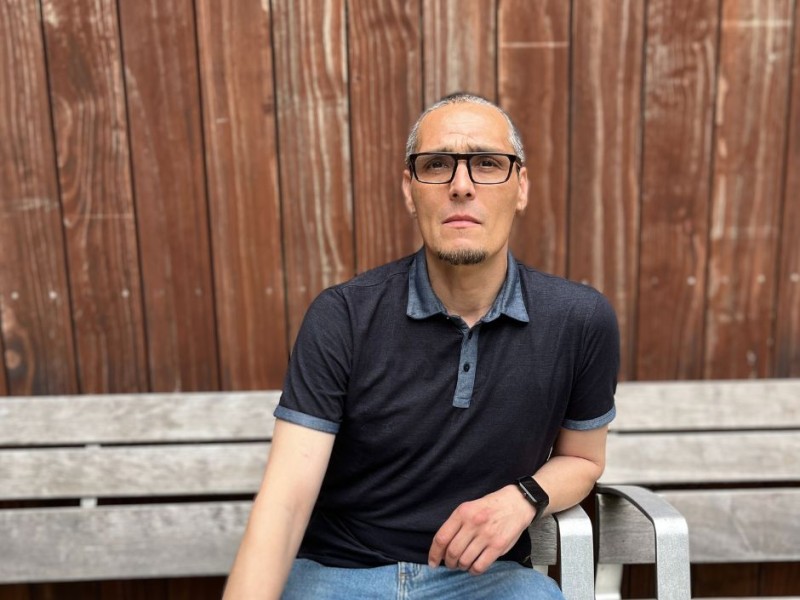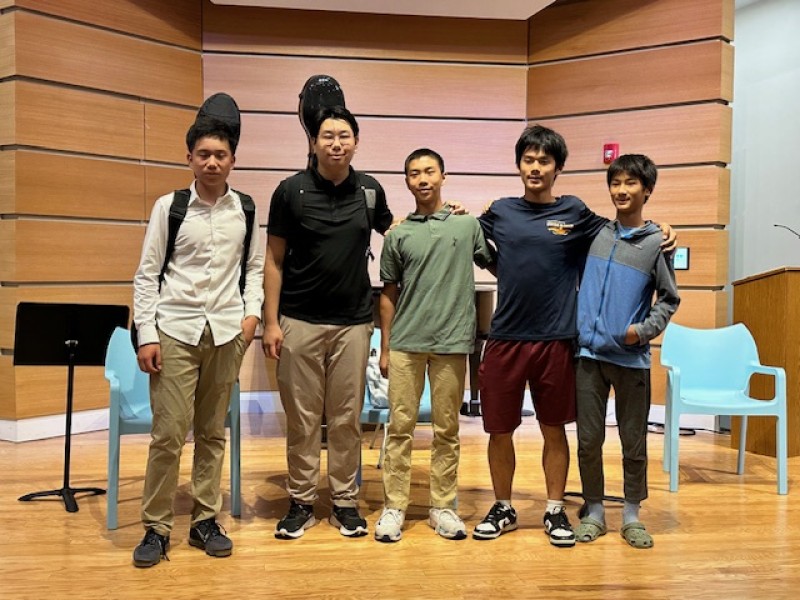Decoding affordable housing: A closer look at the options for older adults

The housing crisis in general gets a lot of press, but the challenges facing seniors in this crisis are unique. Not only do seniors need affordable housing, particularly as the cost of living climbs and their income either stays the same or declines; they also face the growing need for support with both activities of daily living and healthcare as their physical or mental health declines.
In this second post in our series on decoding affordable housing, we take a look at the housing options available to older adults by their household income as it relates to their area median income (AMI). In our first post in the series, we explained that the U.S. Department of Housing and Urban Development (HUD) annually calculates AMI by household size and geographic location using U.S. Census data. Your income category, calculated as a percentage of AMI, determines whether you qualify for rent support programs.
Check our earlier blog to learn more about key affordable housing terms, and find the AMI for where you live here.
Options in each category vary depending on the level of care they need — in other words, whether they can live independently or need assisted living, memory, and nursing care. The quality and cost of these options vary widely, and they often involve multiple transitions as seniors’ needs change.
Housing options for seniors with household incomes over 80% AMI
For those who can live independently, options include private homes, market-rate apartments, and market-rate independent living communities.
As activities of daily living (e.g., light housekeeping, meal preparation, bathing and dressing, or medication adherence) become more difficult, seniors with the necessary financial resources can pay privately for homecare services in their current living situation or transition to a private-pay assisted living community.
As medical care becomes a more intensive requirement, seniors can move to private-pay memory care communities or private-pay nursing homes.
Continuing care retirement communities (CCRCs) are another private-pay option. CCRCs offer all levels of care (independent, assisted, memory, and nursing), typically in different buildings that residents move to as their needs change.
It is important to note that Medicare does not pay for long-term, custodial care (whether delivered at home or in a nursing home), only medical expenses and skilled nursing care under very specific circumstances. So these needs are met by private-pay services until seniors’ resources are depleted and they become eligible for financial support from Medicaid. A senior who can no longer afford their care must typically move from a CCRC or assisted living facility to a nursing home that will accept Medicaid.
Housing options for seniors under 80% AMI but over-income for Medicaid or subsidized homecare
For those who can live independently, options include private homes, private subsidized housing, or public housing.
As activities of daily living (e.g., light housekeeping, meal preparation, bathing and dressing, or medication adherence) become more difficult, seniors must pay privately for homecare where they are because most assisted living, memory care, and CCRC settings are too expensive to provide viable housing options.
Because incomes are fixed and homecare is expensive, seniors eventually deplete their resources and become eligible for financial support from Medicaid, at which point their only housing option is a Medicaid nursing home.
Housing options for seniors who are eligible for Medicaid and subsidized homecare (typically those under 30% AMI)
For those who can live independently, options include private homes, private subsidized housing, or public housing.
As activities of daily living (e.g., light housekeeping, meal preparation, bathing and dressing, or medication adherence) become more difficult, seniors can access Medicaid/subsidized homecare, which can help them remain in their current living situation.
With advanced frailty, even with Medicaid, these seniors typically must move to a Medicaid nursing home because the coordination of their care becomes too complex to manage without help.
A need for new models
As you can see, we lean heavily on Medicaid nursing homes to house and care for our elders in the United States. Unfortunately, Medicaid reimbursement rates often inadequately cover the actual cost of care, which in turn has an impact on staffing, facilities, and services. Not surprisingly, Medicaid nursing homes increasingly face closure, particularly when challenged to meet staffing mandates. Since 2020, at least 774 nursing homes have closed. (Source: American Health Care Association) Looking at available data from 2003 to 2021, federal programs have consistently supported just over a third of eligible senior households. (Source: Joint Center for Housing Studies of Harvard University)
Sadly, as reported by the Boston Globe, “Hefty housing prices, lack of affordable homes, and an aging population have proved a potent mix. Adults 50 and older are the fastest-growing age group experiencing homelessness, comprising nearly half of the country’s homeless population, according to the US Department of Health and Human Services. Federal data show a 17 percent jump in the number of Massachusetts adults ages 55 and older counted as homeless from 2023 to 2024, the most recent numbers available. Nationally, that increase was 6 percent.”
In our last blog, we introduced the concept of supported housing: private subsidized housing with programs and services available either on site or through a coordinated referral to external service providers. Such housing (e.g., 2Life Communities) holistically addresses residents’ financial, social, health, and other needs, and by doing so prevents the need to transition to higher, more costly levels of care, such as nursing homes.
Coming up …
In our next post in this series, we will focus on what makes Massachusetts in particular a unique housing challenge for seniors.


